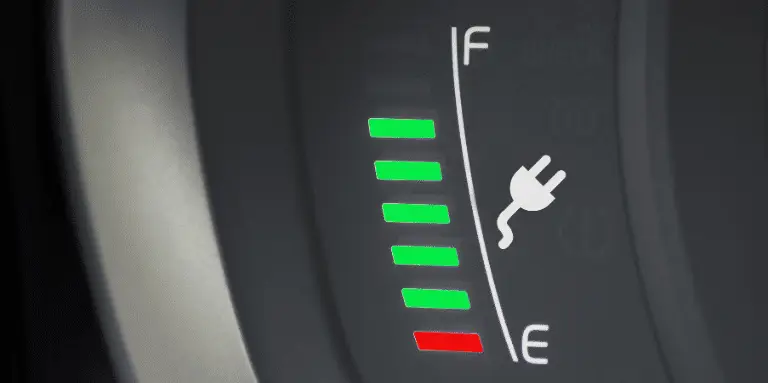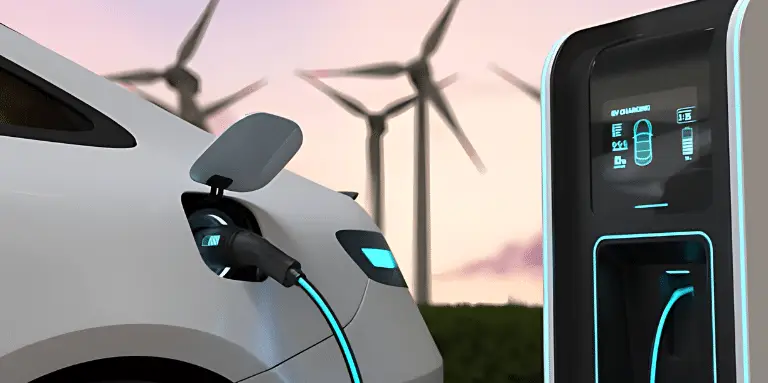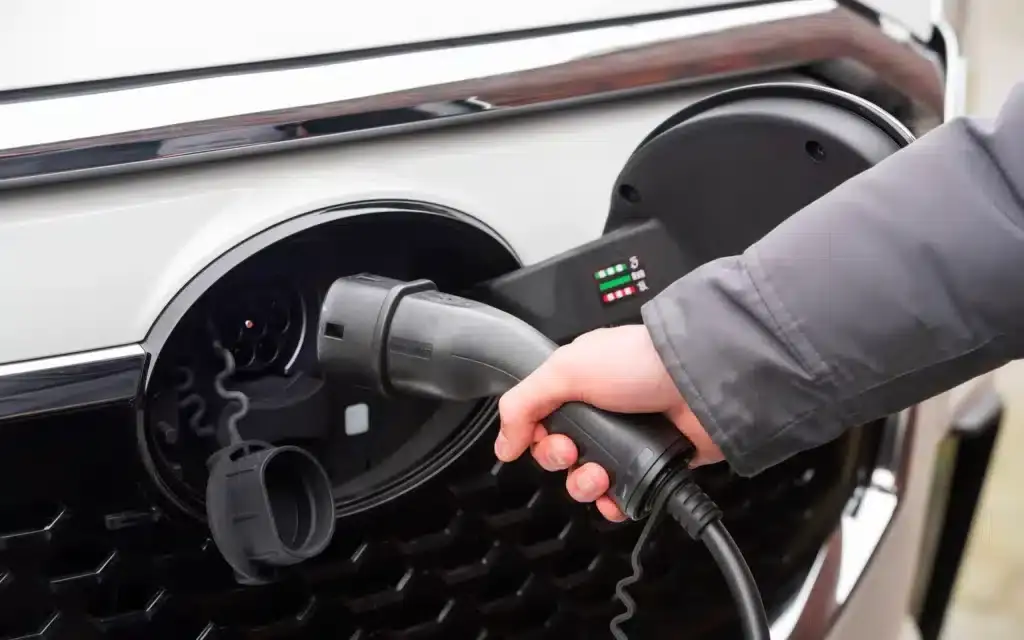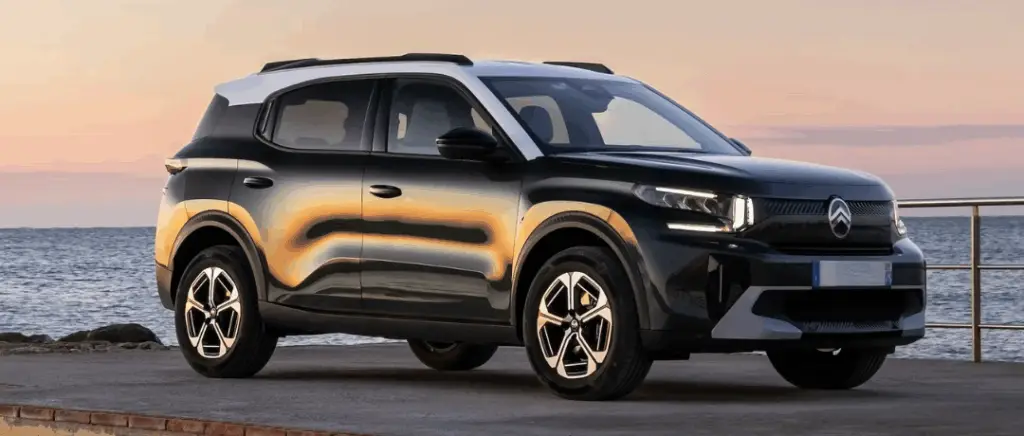What impact does daily recharging have on the battery ?
The daily recharging of electric vehicle batteries raises many questions about its impact on their lifespan and performance.
Contrary to popular belief, frequent recharging is generally not harmful to the battery, provided certain good practices are followed. The charging time for a car battery varies according to its capacity and the type of charging point used, ranging from a few hours on a household socket to less than an hour on a car charger. fast terminal. The number of kilometres travelled before recharging depends on theautonomy of the vehicle, but it is recommended to maintain a load level between 20% and 80% to preserve the battery.
Although it is possible to recharge a completely flat battery, it's best to avoid doing so if you don't want to shorten its lifespan. Drivers have several options for recharging their car battery: public terminalsThe range includes home chargers and even induction charging for some models.
By adopting good charging habits, such as favouring slow charges and avoiding systematic full charges, electric vehicle owners can optimise the life of their batteries while making the most of their range on a daily basis.
Effects of micro-charging on battery life

Micro-charging, or frequent short-term recharging, is a subject of debate in the world of electric vehicles. Contrary to popular belief, these daily recharges generally have no significant negative impact on battery life. In fact, they can even have certain advantages:
- Optimum charge maintenance: micro-recharges keep the battery within an ideal charge range (generally between 20% and 80%), which is beneficial for its longevity.
- Reduced stress on the battery: unlike deep discharge cycles followed by full recharges, micro-recharges subject the battery to less thermal and electrical stress.
- Flexibility of use: this practice offers greater freedom of use of the vehicle, reducing the anxiety linked to autonomy.
However, it's important to note that the optimum charging frequency depends on a number of factors, including the type of battery, the vehicle model and driving habits.
To maximise the life of your battery, we recommend that you :
- Avoid frequent full loads at 100%
- Limit exposure to extreme temperatures when recharging
- Use chargers adapted to your vehicle
By following these tips, you can optimise the charging time of your car battery and maintain its performance over the long term, whether you opt for daily or less frequent recharging.
Impact of rapid charging on battery health
Fast charging, while practical, can have a significant impact on the long-term health of your electric vehicle's battery. Here's what you need to know:
- Thermal stress: rapid charging generates more heat, which can accelerate the degradation of battery cells. Frequent use can reduce the overall life of the battery.
- Charge cycles: each rapid charge counts as a full cycle, even if you only partially charge. This can deplete your battery's total number of cycles more quickly.
- Storage capacity: over the long term, excessive use of rapid charging can reduce your battery's storage capacity, thereby reducing your vehicle's range.
- Balance between convenience and longevity: it's important to strike a balance between the convenience of fast charging and preserving the health of your battery. Use them sparingly, especially on long journeys.
To optimise the life of your battery, give preference to slow charging at home whenever possible. Reserve fast charging for situations where it's really necessary, such as long journeys where car battery charging time is limited. By adopting this approach, you'll be able to get the most out of your electric vehicle while preserving its battery over the long term.
Consequences of regular full recharges
Regular full recharges of your electric vehicle can have a significant impact on the life and performance of your battery. Although the question "how do I recharge my car battery?" is a common one, it's important to understand that frequent charge cycles of 0 to 100% are not always the best approach. Here's why:
- Energy efficiency: the charging time of a car's battery is generally longer for the last few percentages, which can lead to higher and less efficient energy consumption.
- Reduced flexibility: constantly maintaining a full charge can limit your ability to take advantage of off-peak electricity tariffs or fast-charging options in the event of an unforeseen need.
It is perfectly possible to recharge an empty battery, but it is preferable to adopt a more balanced approach. Experts generally recommend keeping the charge between 20% and 80% to optimise battery life. This practice not only preserves the health of your battery, but also balances your daily driving needs with effective recharge management.
Should you adapt the frequency of recharging to your driving habits?

Optimum management of recharging your electric vehicle depends largely on your driving habits. It's essential to adapt your charging strategy to maximise the efficiency and longevity of your battery.
First of all, consider your daily mileage. If you regularly cover long distances, a daily recharge may be necessary. On the other hand, for drivers with shorter journeys, less frequent recharging may be sufficient. The aim is to maintain a comfortable charge level without unnecessarily overcharging the battery.
The charging time of your car battery is a crucial factor to consider. Visit charging stations Fast charging can be practical for long journeys, but excessive use can affect battery life. For everyday use, opt for slow, regular recharging at home.
It's important to understand that the distance needed to recharge a battery depends on the model of your vehicle and the capacity of its battery. Take the time to find out about your car's range so that you can organise your recharging more effectively.
If your battery is completely discharged, don't worry: it is possible to recharge an empty battery. However, this situation should be avoided, as it can shorten the life of your battery. Plan your recharges so as to maintain a charge level between 20% and 80% as mentioned above, to ensure optimum battery health.
Adapting the frequency of recharging to your driving habits is crucial to optimising the performance and longevity of your electric vehicle. A considered approach to recharging your battery will enable you to enjoy the full benefits of electric mobility while protecting your investment over the long term.
Analysis of needs based on daily journeys
To determine the optimum frequency for recharging your electric vehicle, it's essential to assess your daily driving habits. An in-depth analysis of your mobility needs will enable you to adopt an effective recharging strategy tailored to your lifestyle.
Start by calculating the average distance travelled each day. If your daily journey represents only a fraction of your vehicle's total range, a daily recharge may not be necessary. On the other hand, for those whose daily journeys are close to the range limit, more frequent recharging will be necessary.
Also take into account the variability of your journeys. If your journeys are relatively constant, you can establish a predictable recharging routine. However, if your needs fluctuate considerably from day to day, a more flexible approach will be in order.
Don't forget to consider external factors that can affect your vehicle's range, such as weather conditions or the type of road you drive on. These factors can affect energy consumption and, consequently, your recharging needs.
By adjusting your recharging frequency to your actual driving habits, you're not only optimising the use of your electric vehicle, you're also helping to preserve the long-term health of your battery.
Influence of battery autonomy on recharging frequency
Battery range plays a crucial role in determining the optimum recharging frequency for your electric vehicle. It's directly linked to your driving habits and your daily travel needs. A long-range battery gives you more flexibility, while a shorter range may require more frequent recharging.
To adapt your recharging frequency effectively, consider the following points:
- Calculate your average daily mileage and compare it with the range of your electric vehicle.
- Take into account any exceptional journeys or long journeys planned.
- Take into account seasonal variations, which can affect battery life.
As a general rule, if your range is well in excess of your daily needs, recharging every two or three days may be sufficient. On the other hand, if your range barely covers your daily travel needs, a daily recharge will be more appropriate to avoid any range anxiety.
Remember, the aim is to strike a balance between practicality, energy efficiency and preserving the life of your battery.
Optimisation of recharging costs according to off-peak times
Adapting the frequency of charging to your driving habits can be a wise move, particularly when it comes to optimising costs. Recharging daily during off-peak hours can be a winning strategy for many drivers.
Here's why:
- Electricity suppliers often offer reduced tariffs during low consumption hours, usually at night.
- By synchronising your top-ups with these time slots, you can make substantial savings over the long term.
- What's more, this practice has the advantage of keeping your battery in an optimum charge range, thus contributing to its longevity.
However, it's important to note that this approach requires some planning. Make sure you know your supplier's off-peak times and programme your charging point accordingly. Some electric vehicles, such as the Tesla even offer intelligent recharging functions, enabling you to automate this process and take full advantage of low tariffs.
By adopting this habit, not only are you optimising your costs, but you are also helping to balance the electricity network by encouraging consumption during periods of lower demand. It's a doubly beneficial approach, both for your wallet and for the environment.
Which charging point should you choose for everyday use?
For daily charging of your electric vehicle, the choice of charging point is crucial. A wallbox is generally the ideal solution, offering a perfect balance between power, convenience and cost. Choose between 7.4 kW and 11 kW, enough to fully charge most vehicles overnight. Not only are these charging points faster than standard household sockets, they are also safer and more energy-efficient.
You should also consider an intelligent charging point, capable of communicating with your vehicle and your electricity network. These models allow you to schedule your recharges during off-peak hours, optimising your electricity costs. Some chargepoints even offer consumption monitoring and remote management via a smartphone application, giving you total control over your charging sessions.
Don't forget to check that the charging point is compatible with your vehicle, and to call in a professional to install it. A IRVE qualified electrician will be able to assess your electrical installation and make the necessary modifications to ensure safe and efficient use of your charging point on a daily basis.
Use the TCO simulator to calculate the total cost of ownership of your car and compare it with its internal combustion equivalent.
Comparison between wallbox and public terminal
When choosing a charging point for everyday use, it's essential to compare the advantages and disadvantages of home wallboxes and public charging points. Here's a comparative analysis to help you make an informed decision:
Wallboxes generally offer a more practical and economical solution for daily recharging. Installed at home, they allow you to charge your vehicle overnight, taking advantage of off-peak electricity rates when electricity is cheapest.. What's more, they guarantee constant availability and charging power tailored to your needs.
On the other hand, public charging points offer the advantage of flexibility, which is particularly useful when travelling or for people who do not have a private parking space. However, they can be more expensive to run and their availability is not always guaranteed. The final decision will depend on your personal situation, particularly where you live and your travel habits.
Criteria for selecting a charging point
Choosing the right charging point for everyday use is crucial to optimising your experience as an electric vehicle owner. Several factors come into play in this important decision.
First of all, consider the charging power: a 7 kW to 22 kW charging point is generally sufficient for everyday domestic use, offering a good balance between charging speed and installation cost. Next, assess compatibility with your vehicle and existing electrical installation. Connectivity is another aspect not to be overlooked: an intelligent charging point that can connect to your Wi-Fi network will allow you to manage and programme your charging sessions remotely.
Finally, opt for a robust, weather-resistant model if your bollard is to be installed outdoors.
Don't forget to take into account the after-sales service and warranty offered by the manufacturer, as these can make all the difference in the event of a problem. By weighing up these criteria carefully, you'll be able to select a charging point that's perfectly suited to your everyday needs.
How do you optimise the battery in your electric car?
To maximise the life and performance of your electric vehicle's battery, it's essential to adopt good practice. Here are a few tried and tested tips for optimising the use of your battery:
- Maintain a charge level between 20% and 80%. This range is ideal for preserving the long-term health of the battery. Avoid frequent full charges and deep discharges, which can accelerate battery degradation.
- Favour slow charging whenever possible. Fast chargers are handy for long journeys, but regular use can affect the battery's longevity. Opt for a slow charge at home for optimum maintenance.
- Beware of extreme temperatures. Lithium-ion batteries are sensitive to intense heat and cold. As far as possible, park your vehicle away from the elements and use battery preconditioning in winter.
- Drive smoothly and think ahead. Aggressive driving with sudden acceleration and braking puts a greater strain on the battery. Smooth driving and using the regenerative braking to optimise range and conserve battery power.
By following these recommendations, you'll help maintain your battery's performance over the long term, ensuring an optimum, long-lasting electric driving experience.
Adopt eco-responsible driving to extend your range
Eco-responsible driving is an effective and often overlooked way of maximising the range of your electric vehicle. By modifying your driving habits slightly, you can significantly increase the distance covered between two recharges. Here are a few key tips:
- Anticipate traffic and avoid sudden acceleration and braking. Smooth, gradual driving reduces energy consumption.
- Make judicious use of the regenerative braking mode. This function, found on most electric vehicles, partially recharges the battery during deceleration.
- Maintain a constant speed, especially on the motorway. Using cruise control can help optimise your fuel consumption. Limit the use of air conditioning and heating, which consume a lot of energy. Favour natural ventilation whenever possible, or opt for pre-conditioning the vehicle while it is still plugged in.
By making these practices part of your daily routine, you'll not only improve the range of your vehicle, but you'll also help to preserve the life of your battery over the long term. Eco-responsible driving is therefore a wise investment for any electric car owner who wants to optimise its performance.
Adopting this habit may seem restrictive at first, but it will soon become natural. What's more, most modern electric vehicles offer customisable charging parameters, so you can easily set these limits. By adhering to this optimal charge range, you help to maintain your battery's performance over the long term, guaranteeing a stable range and a potentially higher resale value for your electric vehicle.
Use renewable energy sources for recharging
Optimising the battery in your electric car also involves choosing the energy source used for recharging. Opting for renewable energies is not only good for the environment, but can also help your battery to last longer.
Here are a few options to consider:
- Install solar panels at home for a green and economical recharge over the long term.
- Choose an electricity supplier with renewable 100% offers.
- Favour public charging points powered by green energy.
By adopting these practices, you are not only helping to reduce your carbon footprintNot only are you improving your battery's performance, but you're also ensuring that it has a quality energy supply. This can mean better performance and longer life for your battery, optimising your investment in electric mobility.
Summary table
| Theme | Key points |
|---|---|
| Daily top-up: good or bad idea? | Depends on driving habits and battery management. |
| Impacts on the battery | Frequent recharging is not harmful if certain good practices are followed (charging between 20% and 80%). |
| Effects of micro-recharges | They have little negative impact; they help maintain an optimum load and reduce heat stress. |
| Impact of fast loads | Generate thermal stress and accelerate battery degradation if used too frequently. |
| Consequences of regular full recharges | Can reduce fuel efficiency and limit the vehicle's flexibility of use. |
| Adapting the frequency of recharging | Depends on daily mileage and vehicle range. Daily recharging is not always necessary. |
| Analysis of needs by route | A short journey may not require daily recharging; longer journeys may require more frequent recharging. |
| Autonomy and recharging frequency | A long battery life means that recharging can be spaced out; a limited battery life may mean recharging every day. |
| Optimising recharging costs | Recharging during off-peak hours reduces electricity costs. |
| Choosing a charging point | A domestic wallbox is recommended for daily recharging; public charging points offer greater flexibility. |
| Bollard selection criteria | Power, compatibility, connectivity and weather resistance. |
| Optimising the battery | Charge between 20%-80%, prefer slow charging, avoid extreme temperatures and aggressive driving. |
| Eco-responsible driving | Anticipate traffic, use regenerative braking, limit heating/air conditioning to optimise range. |
| Renewable energy for recharging | Use solar panels or green electricity suppliers to reduce your carbon footprint. |
































